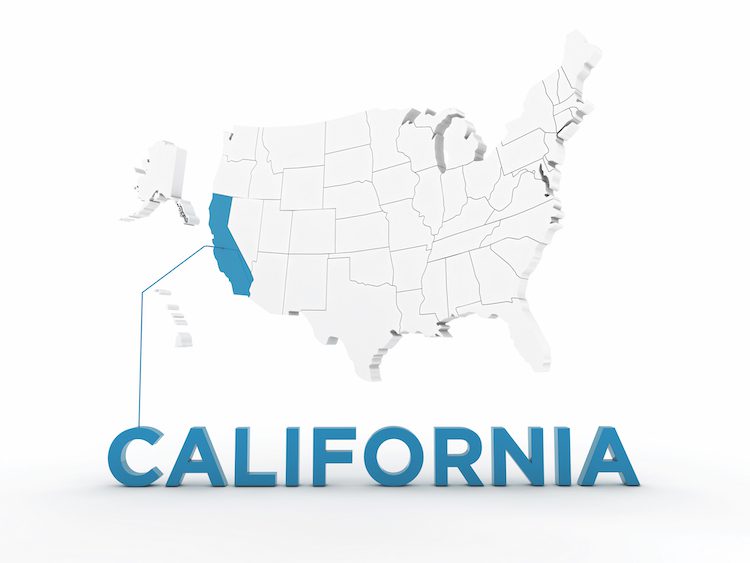California has long stood as a beacon of possibility—a place where ideas become industries and innovation drives inclusive prosperity. From the tech corridors of Silicon Valley to the agricultural heartlands of the Central Valley, California’s economic landscape is as diverse as its geography. With a GDP surpassing $4 trillion, the state ranks as the world’s fifth-largest economy, outpacing entire nations and setting the pace for global competitiveness.
But California’s success is not just about scale—it’s about strategy. The state continues to lead in key sectors such as advanced manufacturing, clean energy, life sciences, aerospace, and digital technology, while investing heavily in infrastructure, workforce development, and sustainability. These efforts are not only transforming local communities but also shaping the future of global commerce.
Strategic Sector Strengths
California’s economic engine is powered by a constellation of high-growth industries:
- Technology & Innovation: Silicon Valley remains the epicenter of global tech, home to giants like Apple, Google, and Meta, as well as thousands of startups driving breakthroughs in AI, cybersecurity, and quantum computing.
- Life Sciences & Biotech: San Diego and the Bay Area anchor a thriving life sciences ecosystem, with world-class research institutions and companies advancing genomics, pharmaceuticals, and medical devices.
- Clean Energy & Sustainability: California leads the nation in renewable energy production, electric vehicle adoption, and climate policy. The state’s aggressive decarbonization goals have spurred innovation in solar, wind, hydrogen, and battery storage technologies.
- Agriculture & Food Systems: As the top agricultural state in the U.S., California produces over 400 commodities and supplies more than half of the nation’s fruits, vegetables, and nuts.
- Aerospace & Defense: Southern California’s aerospace cluster continues to evolve, with major players like Northrop Grumman, Boeing, and SpaceX driving advancements in space exploration, defense systems, and air mobility.
These sectors are supported by a robust network of universities, research labs, incubators, and venture capital—creating a dynamic environment where innovation thrives and talent flourishes.

Spotlight: City of Ontario – Southern California’s Premier Business Gateway
Strategically located in the heart of Southern California’s Inland Empire, the City of Ontario is emerging as one of the most dynamic economic development hubs in the state. With its prime location, pro-business climate, and multimodal infrastructure, Ontario offers unparalleled access to regional, national, and global markets.
Ontario is home to Ontario International Airport (ONT)—one of the fastest-growing cargo and passenger airports in the U.S.—which serves as a critical logistics and distribution gateway for Southern California. The city’s proximity to major freeways (I-10, I-15, and SR-60), rail lines, and ports positions it as a central node in the state’s supply chain ecosystem.
Key advantages of Ontario include:
- Robust Industrial Base: Ontario boasts over 100 million square feet of industrial and warehouse space, attracting global brands in logistics, e-commerce, and advanced manufacturing.
- Business-Friendly Environment: The city offers streamlined permitting, competitive incentives, and dedicated economic development support to help businesses scale quickly.
- Talent & Workforce: With access to a regional labor pool of over 2.5 million people and partnerships with local colleges and workforce boards, Ontario is investing in talent pipelines for high-demand sectors.
- Quality of Life: Ontario combines affordability with amenities—offering vibrant retail, entertainment, and housing options that appeal to both businesses and residents.
Recent developments include the expansion of the Ontario Ranch master-planned community, new Class A industrial parks, and the growth of the city’s tech and healthcare sectors. Ontario’s strategic vision is clear: to be the premier destination for investment, innovation, and inclusive growth in Southern California.
Infrastructure Investments Driving Growth
California’s commitment to infrastructure modernization is central to its economic development strategy. Through initiatives like the California Infrastructure and Economic Development Bank (IBank), the state is channeling billions into transportation, broadband, water systems, and clean energy projects.
Major undertakings include:
- High-Speed Rail: The California High-Speed Rail project aims to connect major urban centers with fast, sustainable transit, reducing congestion and emissions.
- Port Modernization: Investments in the Ports of Los Angeles, Long Beach, and Oakland are enhancing global trade capacity and supply chain resilience.
- Broadband Expansion: The state’s Broadband for All initiative is closing the digital divide, bringing high-speed internet to underserved rural and urban communities.
These infrastructure upgrades not only improve quality of life but also create shovel-ready sites and attract investment across industries.

Workforce Development & Talent Pipeline
California’s workforce is one of its greatest assets—diverse, educated, and future-ready. With over 40 million residents, the state boasts a labor pool that is both deep and dynamic. More than 50% of Californians speak a language other than English at home, reflecting the global fluency of its talent base.
The state’s education system plays a pivotal role in workforce development:
- University of California and California State University Systems: These institutions produce tens of thousands of graduates annually in STEM, business, and healthcare fields.
- Community Colleges: With over 100 campuses, California’s community college system offers tailored training programs aligned with regional industry needs.
- Apprenticeships & Upskilling: Public-private partnerships are expanding access to apprenticeships, certifications, and reskilling programs in advanced manufacturing, clean tech, and logistics.
California’s Future of Work Commission continues to guide policy and investment to ensure that workers are equipped for the evolving demands of the 21st-century economy.
Business Climate & Incentives
While California is known for its regulatory rigor, it also offers a suite of incentives and programs designed to support business growth and innovation:
- California Competes Tax Credit: A discretionary income tax credit available to businesses that want to locate or expand in California.
- Research & Development Tax Credit: Encourages innovation by allowing companies to claim credits for qualified R&D expenditures.
- GO-Biz Services: The Governor’s Office of Business and Economic Development (GO-Biz) provides site selection assistance, permit streamlining, and export support.
- Opportunity Zones: Over 800 designated zones across the state offer tax incentives for investments in economically distressed communities.
In addition, California’s commitment to sustainability and equity is attracting impact-driven investors and companies seeking to align profit with purpose.
Looking Ahead: California’s Economic Horizon
California is not resting on its laurels. The state is actively shaping the future through bold initiatives:
- Zero-Emission Goals: Targeting carbon neutrality by 2045, California is accelerating clean energy adoption and green infrastructure.
- Tech & AI Leadership: With new investments in artificial intelligence, quantum computing, and digital equity, California is positioning itself as a global leader in emerging technologies.
- Resilient Supply Chains: Enhancing domestic manufacturing and logistics capacity to reduce dependence on global disruptions.
- Inclusive Innovation: Expanding access to capital, education, and entrepreneurship for underserved communities.
These efforts reflect California’s enduring ethos: to lead with vision, innovate with purpose, and grow with equity.
For businesses seeking a launchpad for global success, California offers more than opportunity—it offers momentum. And within that momentum, cities like Ontario are proving that strategic location, visionary leadership, and community investment can turn regional assets into global advantages.



